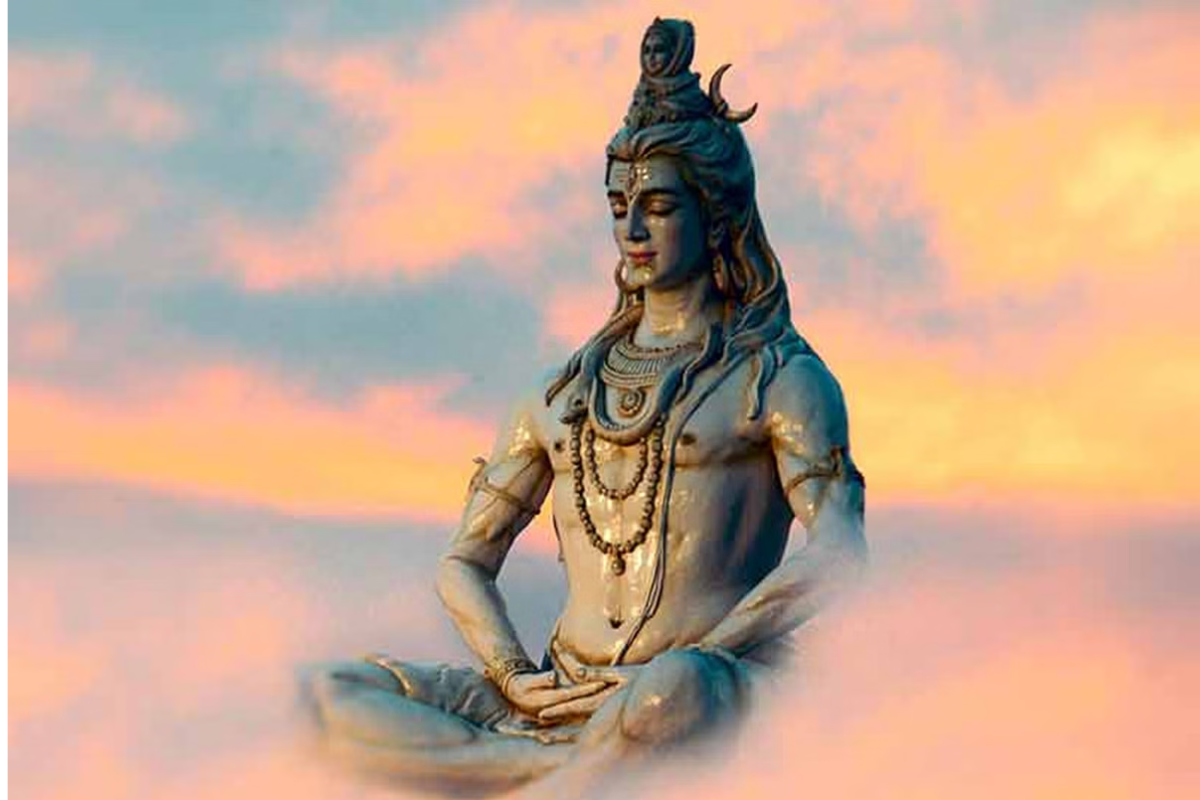Historic Release: ‘Kaise Bana Islamic Desh’ Hits 2,000 Copies in 60 Minute
The book “How Islamic Nations Were Formed “KAISE BANA ISLAMIC DESH,” authored by senior journalist, writer, and Editor-in-Chief of Sudarshan…

Shravan
The month of Shravan (also spelled Sawan) is one of the holiest periods in the Hindu calendar. It usually falls between July and August and is dedicated to the worship of Lord Shiva, the destroyer and transformer among the Holy Trinity of Hindu gods. Devotees across India observe fasts, offer prayers, and perform rituals during this sacred time, seeking the blessings of Mahadev for health, peace, and prosperity.
According to Hindu mythology, during the churning of the cosmic ocean (Samudra Manthan), a deadly poison called Halahal emerged. To save the world from destruction, Lord Shiva consumed the poison and held it in his throat, which turned blue as a result, earning him the name Neelkanth. It is believed that this great act of sacrifice happened during Shravan Maas.
To reduce the intensity of the poison, the gods offered sacred water from the Ganga to Lord Shiva. This is why offering water or milk on Shivling is a key ritual during this month.
1. Shravan Somwar Vrat (Fasts on Mondays):
Mondays of this month, known as Shravan Somwars, are especially important. Devotees observe fasts, visit Shiva temples, and chant mantras like “Om Namah Shivaya”. It is believed that those who fast and pray sincerely on Shravan Mondays are blessed with peace, marriage harmony, and spiritual growth.
2. Offering Bilva Leaves and Holy Water:
Worshippers offer Bilva (Bael) leaves, water from sacred rivers, milk, honey, curd, and ghee to the Shivling. Each of these items has symbolic meaning and is believed to cool Lord Shiva, who is known for his fierce energy.
3. Kanwar Yatra:
In northern India, especially in states like Uttar Pradesh, Uttarakhand, and Bihar, devotees called Kanwariyas carry pots of Ganga water on their shoulders and walk barefoot for miles to offer it at Shiva temples. This ritual is a mark of devotion and discipline.
Shravan is not just about rituals—it’s a time for inner purification. Fasting and meditation during this period are believed to align the body and mind with higher consciousness. It is also considered an ideal month for spiritual sadhana (practice), chanting mantras, and reading sacred texts like the Shiva Purana.
Interestingly, Shravan also coincides with the monsoon season. This is the time when the earth is refreshed, rivers are full, and the atmosphere is calm and cool. In many ways, the beauty of nature mirrors Lord Shiva himself—wild, peaceful, powerful, and deeply connected to the elements.
Shravan Maas is more than a month—it is a journey of faith, devotion, and discipline. Whether you’re a regular temple-goer or someone exploring spirituality, this sacred period offers an opportunity to slow down, reflect, and connect with divine energy. Lord Shiva, the Mahayogi and compassionate god, welcomes every devotee with open arms during this holy time.
Advertisement